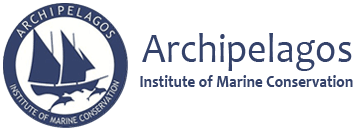Studying Surface Water for Plankton & Microplastics
In this project we collect sea surface water in the eastern Aegean Sea to find trends between the amount of plankton and microplastics and establish if a correlation exists. We hypothesise that greater quantities of plastics leads to fewer plankton in the neustonic layer leading to a greater proportion of microplastics being consumed by filter feeders and planktivorous organisms.

Surface collection of Microplastics and analysis of persistent organic pollutants (POPs) such as polychlorinated biphenyls (PCBs), Polybrominated diphenyl ethers (PBDEs), dichlorodiphenyltrichloroethane (DDT) and hexachlorobenzene (HCB).
Aim: Collection of sea surface water using the manta net described by the NAOO. Samples will be filtered, dried, digested and processed using a wet peroxide oxidation (WPO) and mass weighed. Over the course of 8 weeks samples will be collected weekly and processed as described above. Samples will be sent to Hampshire College, in Amherst, MA where they will be further analysed using gas chromatograph mass spectrometer (GC-MS) to test presence of POPs, specifically looking for PCBs, PBDEs, DDT, and HCB. Research is limited on microplastics as a sink for POPs and results will be important to further research on the effects of microplastics found in the environment on food chains.

Anti-Plastic Campaign
The campaign has three angles of action; educational involvement, community case trial “Refuse Single Use Plastic” and community outreach. Each pinpoints an area in need of change and strategy of grassroots organising. As a pilot in this awareness raising effort, lessons were offered to primary school students from Samos island. Based on this experience we are compiling an educational package that will be available for students throughout Greece and abroad.




